As winter approaches, many people are looking for ways to stay warm. One of the best ways is by using an infrared ceramic heater.
These heaters work by heating up a room with invisible waves that can’t be felt or seen but are present. Many people have trouble venting their infrared ceramic heater, though, which can cause it to overheat and malfunction.
If you’re having this problem too, don’t worry! In this blog post we will discuss how to properly vent your infrared ceramic heater so that it won’t overheat during cold days ahead!
What Is an Infrared Ceramic Heater and How Does It Work?
During the colder months, there are a few products that some people can’t live without. One such device is an infrared ceramic heater.
A ceramic vs infrared heater is a type of space heater that works by emitting invisible waves in the form of heat. These waves are generated through electrically heated wires arranged around an element and then emitted into the room.
The only way to feel or see these waves is if you brought them close enough to your skin, which would cause it to burn you. The waves are safe to run directly under a chair or table without fear of being burned, though!
Why Should I Vent My Infrared Ceramic Heater?
It’s important to vent your infrared ceramic heater because it can overheat if left alone. The built-in safety features will protect the machine from overheating but doing so would require a significant amount of electric power and uses more energy than necessary.
Venting the appliance ensures that heat is dispersed safely into the room rather than being let off inside the heater, making it more cost-effective and efficient.
What Is the Best Way to Vent My Infrared Ceramic Heater?
Ideally you should use an exterior wall that faces a window so that heat can be dispersed out of the room while still maintaining privacy. If you don’t have this option or are placing your appliance in another location like a closed off room, you should still use an exterior wall that faces the outside. This will ensure heat is dispersed and doesn’t build up in your house.
Venting Process of Infrared Ceramic Heater
The first step in the process of venting an infrared ceramic heater is to make sure that you have looked for windows, doors and other areas where air can be exchanged. This means checking all the way around your house or office, not just on one side. If there are no leaks, then it’s time to move onto stage two.
Stage two of the venting process is to take a piece of cardboard and create an opening for your heater. The size will depend on what type of infrared ceramic heater you have, but it should be around 24”x24” or larger. Cut out all four corners from the board so that it can easily be placed over the heater.
Place the cardboard over the top of your heater and use a pencil or other sharp object to make holes in the board. These should be anywhere from ½”-¾” away from each other, but no more than ¼’ apart.
The next step is to take duct tape and seal up all openings around your house or office where air can escape.
This concludes the venting process for infrared ceramic heater.
A final note, this is a temporary solution to venting your infrared ceramic heater while you wait for an air exchanger or in the meantime until you can seal up any cracks and holes that are allowing outside air back into the house.
Important Safety Considerations When Using an Infrared Ceramic Heater
- If your infrared ceramic heater is too close to a wall, there’s a risk that the heat will activate wallpaper glue and cause it to peel away from the walls.
- It’s important not use an infrared ceramic heater on carpeting because this can lead to mold or mildew growth which would be devastating for allergy sufferers!
- The best place to put your infrared ceramic heater is on top of a wood or tile flooring to avoid the possibility of damage from high temperatures
- It’s important not cover your infrared ceramic heater with a blanket or rug because this can lead to serious burns if you touch it.
- If you or someone in your family is prone to seizures, leave a clear path around the heater.
Problems That You May Experience When Using an IR Ceramic Heater:
- If you see flickering, it’s likely that the infrared ceramic heater is too close to a wall.
- It could also mean there are drafts of cold air between the space heater and the person using it or an object blocking its path.
- If your infrared ceramic heater emits so much heat that people find themselves sitting on top of it, it could mean that the unit’s thermostat is set too high.
- If your infrared ceramic heater blows out sparks or smells like burning rubber, turn off the power to the device and let it cool down before turning it on again.
What Other Considerations Are There When Using an Infrared Ceramic Heater?
When you’re done with an IR Ceramic Heater:
- Turn off power to the device and let it cool down before moving it.
- If you’re storing the infrared ceramic heater, place a cloth over the unit to avoid contamination from dust or dirt.
- Try not to touch the metal grill where heat is directed because this can lead to burns if touched while hot.
- Clean your IR Ceramic Heater with a damp cloth using a mild detergent to prevent buildup of dirt and dust.
- If you notice any unusual activities coming from your infrared ceramic heater, turn off power immediately and contact the manufacturer for assistance.”
Final Words
Thank you for reading! We hope you found this article on the venting process for infrared ceramic heaters helpful. If you have any questions, please feel free to comment down below.

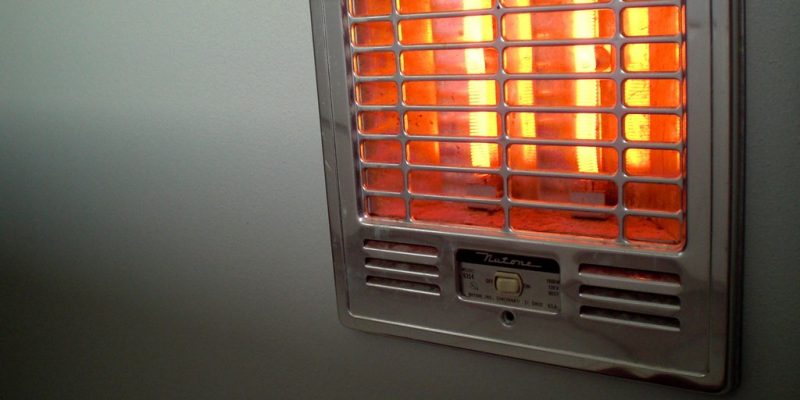


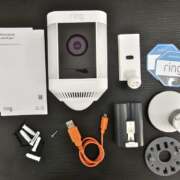


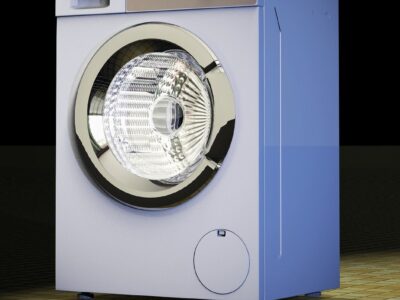



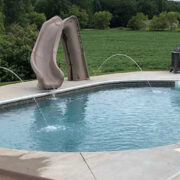

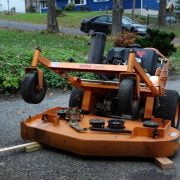
Comments